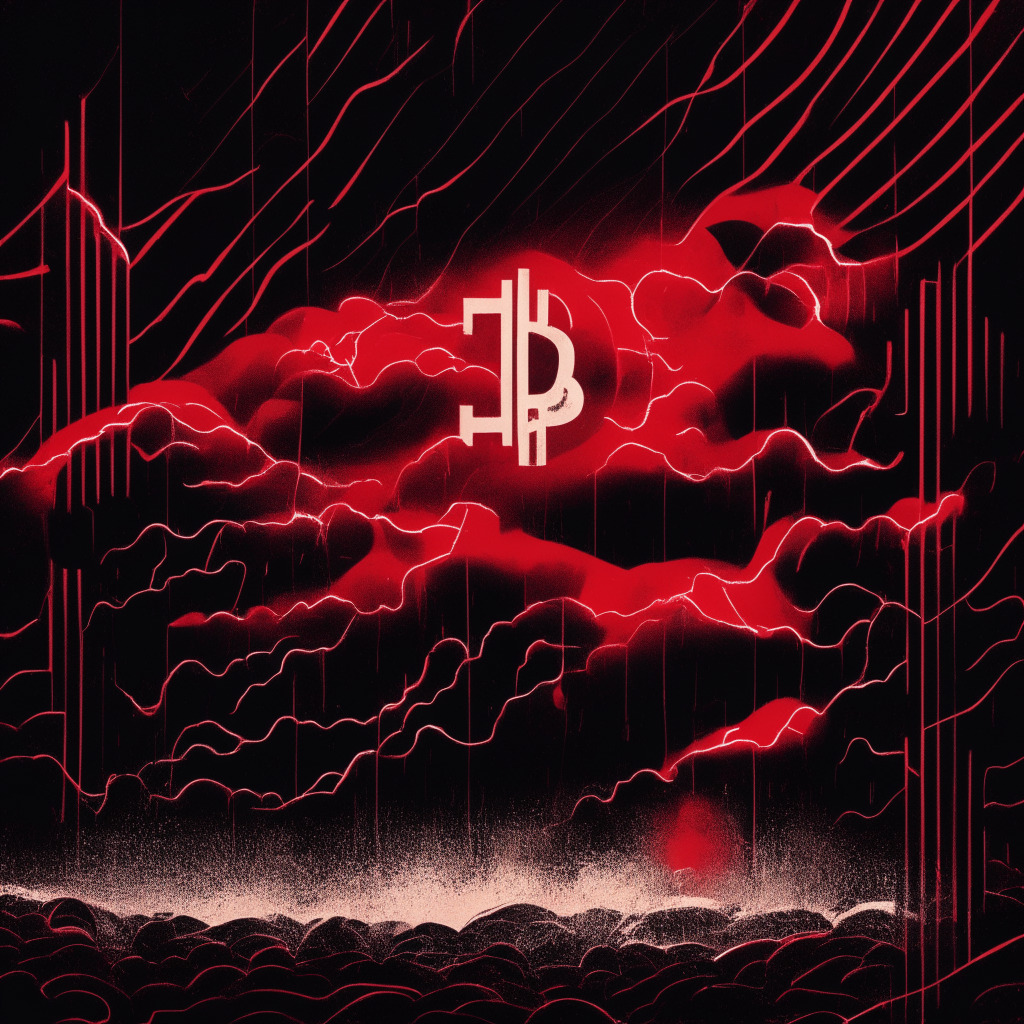Over the past 90 days, the price of BNB token has suffered a decline of 24.5%, despite experiencing a brief 7% appreciation between July 10 and July 11. Surprisingly, BNB’s performance has been markedly worse than the broader altcoin market, implying that the factors driving its bearish momentum remain unaddressed.
There is a high probability that the price correction of BNB is connected to the lawsuit filed by the U.S. Securities and Exchange Commission (SEC) against Binance exchange and its CEO Changpeng “CZ” Zhao on June 5; as the timing of the legal action coincides with the onset of the coin’s decline.
Then, there’s the question of the sustainability of BNB’s recent price rally. An informed point of view on this requires an analysis of derivatives contracts data, which offers valuable insights into the positions of major investors and market makers. The price of an asset, while the most critical metric for understanding traders’ sentiment, doesn’t present the complete picture. Notably, between August 2022 and September 2022, BNB outperformed the altcoin market by 19%.
The recent poor 90-day BNB performance, which represents a 24.5% negative retraction, signifies what appears to be a process of mean reversion, as investors no longer believe the premium is justified. To gain a robust view of the current dynamics, analysts have examined open interest in BNB futures markets. The open interest of BNB’s futures has increased. However, it remains uncertain if this uptick is bullish.
In futures markets, long and short positions always balance each other, but a higher number of active contracts, or open interest, is generally perceived as positive because it accommodates institutional investors, indicating increased trader involvement. To illustrate, data shows that the BNB futures open interest surged from $355 million on July 5 to $476 million, nearing its highest levels in 18 months.
Nevertheless, it’s important to remember that open interest doesn’t necessarily signify bullish or bearish sentiment among the big players. The futures annualized premium, which measures the gap between longer-term futures contracts and the current spot market rates, offers these insights.
Currently, the negative premium suggests that short sellers are paying a yearly 10% to maintain their positions. This condition is typically indicative of a bearish market, but for BNB, it seems to be the norm rather than an exception. Interestingly, similar negative futures premiums were observed on March 17 and April 22, but they only lasted for less than a week in total.
Adding to the complexity, the futures data also suggests that investors may be shorting BNB futures contracts in an attempt to clear the spot order books and potentially trigger price increases. However, these indications, along with the persistently negative futures premium, inject an element of downward pressure on BNB’s price. Therefore, despite the lack of certainty, the derivatives data available at present does not support a bullish sentiment for BNB.
Source: Cointelegraph




